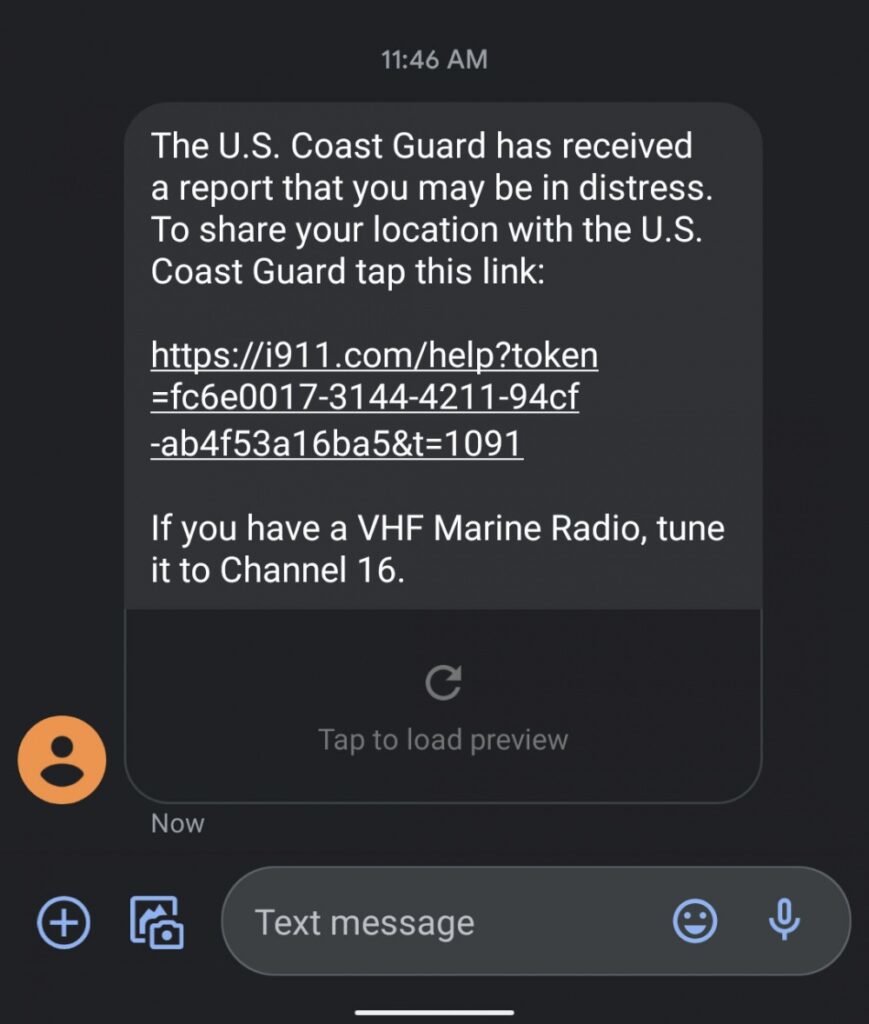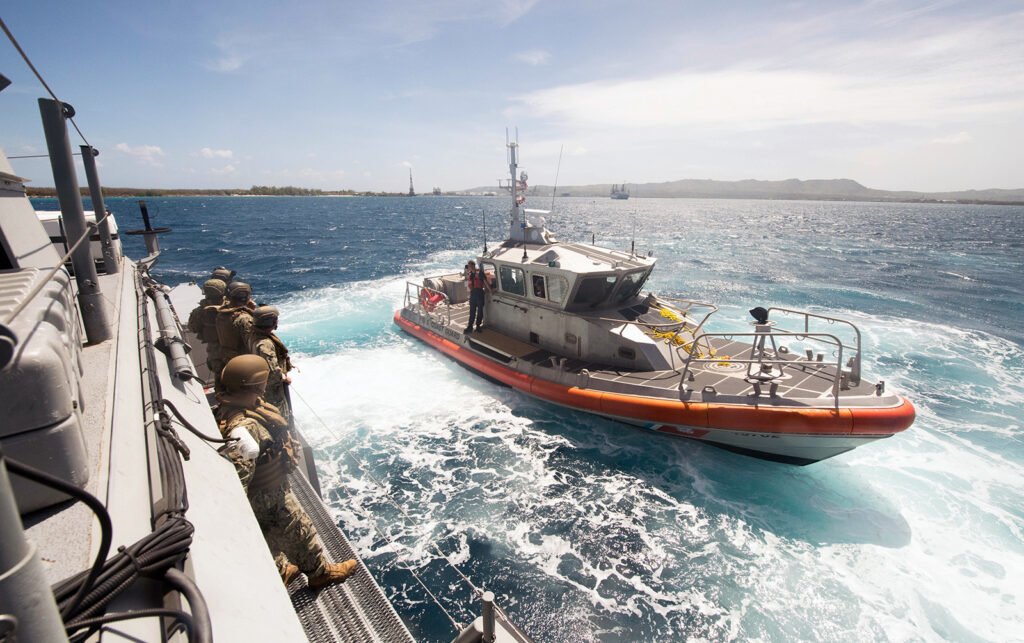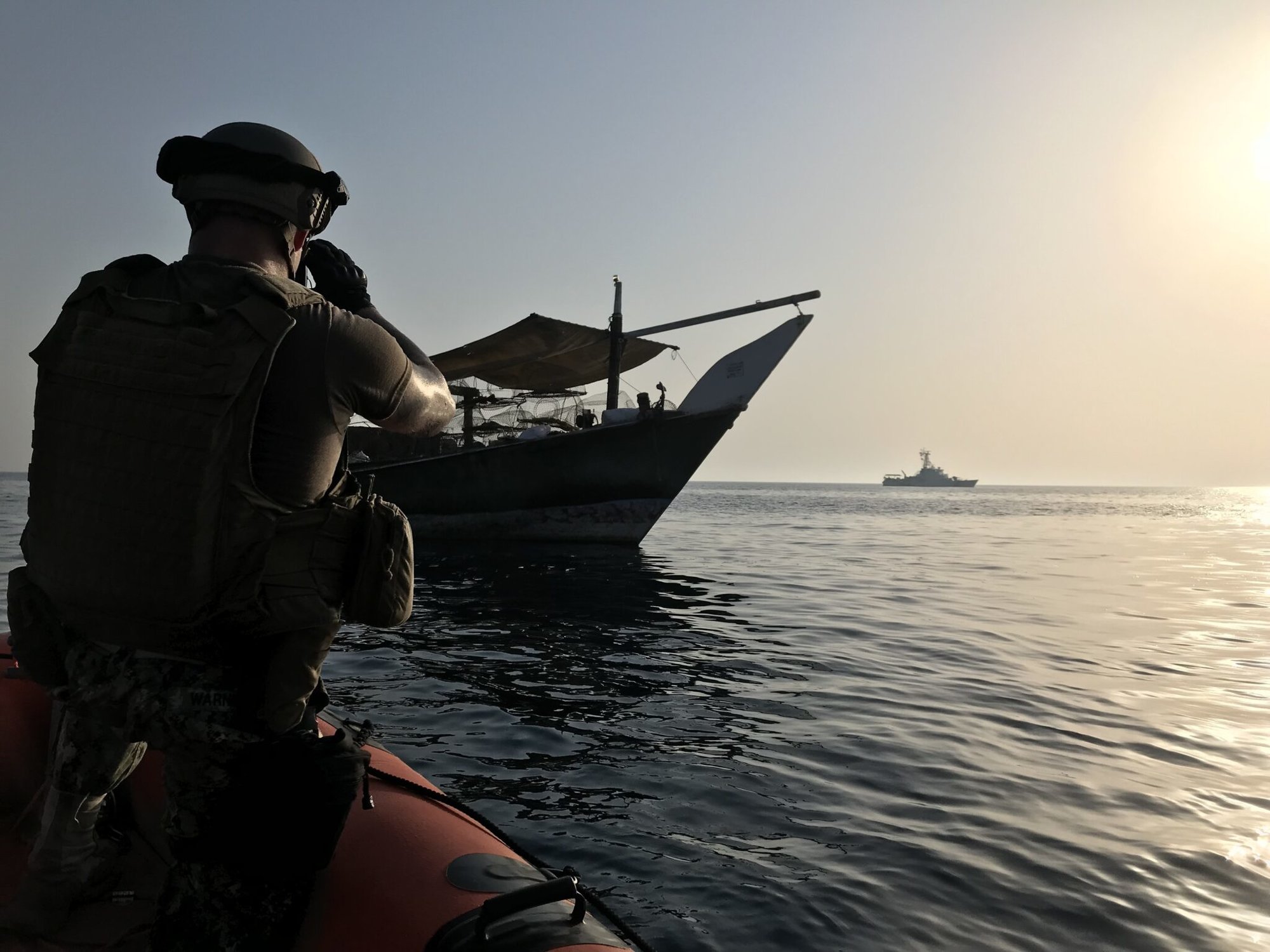HONOLULU, Hawaii — In the last three years, more than 500 people were saved around Hawaii by the Coast Guard thanks to cell phones, and now the Coast Guard has a new technology available to find you faster through i911.
The i911 system is a free service developed by Callyo Incorporated. It provides fast and accurate location data to the Coast Guard in a simple web-based interface. The user’s smartphone can provide Global Positioning System information, potentially up to 20-nautical miles offshore if a mariner has recently or actively connected to a cellular tower.
“An accurate position eliminates the need to search and decreases the time needed for rescuers to get on scene to provide needed assistance,” says Lt. Meagan Bowis, Sector Honolulu Command Center. “I want to emphasize; the Coast Guard is not actively monitoring all individuals by their cell phone and only has access to a person’s position if granted permission.”

No application download is needed. The Coast Guard can send a text message to the mariner’s cell phone requesting permission to access the GPS location information; all the mariner needs to do is enable location information in their smartphone settings and click the link provided in the text message. You can stop sharing your location at any time, although it is recommended to do so only after being safe and not in distress.
The Coast Guard can then utilize the provided positions to direct search assets to the mariner’s location.
“Many distress calls come in via cell phone,” said Sam Gardner, Sector Honolulu Command Center. “From that call, I can send the phone a location-request text. Once the mariner accepts the request, their location pops up on my screen almost immediately”.

Over the past three years, half of the search and rescue notifications received by District 14 have been made by phone calls through 9-1-1 or directly to the Coast Guard. These calls resulted in 534 lives saved, 1,300 lives assisted, over $10 million in property saved, and $33.5 million in property assisted.
This software is already available to first responders at agencies across the country. The Coast Guard ran a pilot program from May to November 2019 in the Northeast, and the new application was instrumental in resolving several search and rescue cases in the New England region. It is now an available tool to Coast Guard command centers across the country as of March 20.
The Coast Guard’s 14th District has followed other districts in implementing this groundbreaking technology to assist mariners in distress on the waters throughout the Pacific. This tool is not a replacement for standard devices known to mariners, such as Electronic Position Indicating Radio Beacons (EPIRBs) and VHF radios. However, the Coast Guard now has the i911 technology as an additional tool to provide lifesaving information from a mariner’s cell phone.
This article was originally published on May 20, 2020, by the U.S Coast Guard.














